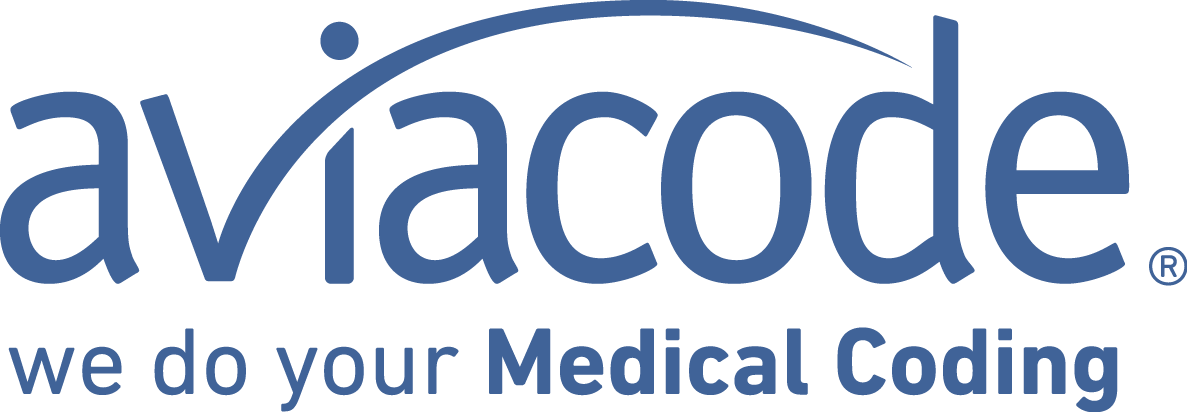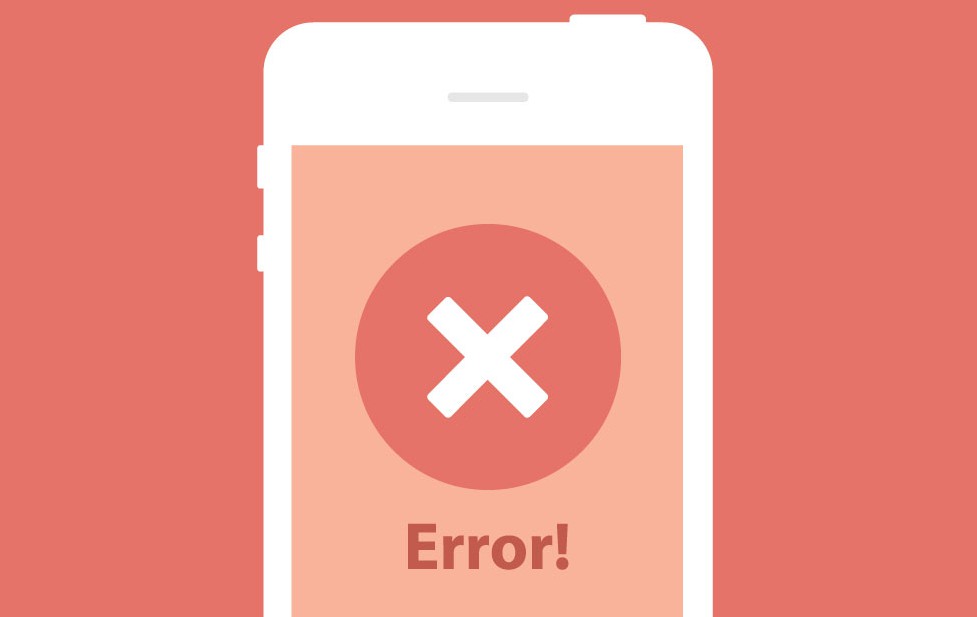If you prefer clerical tasks over clinical duties, becoming a medical coder is a great way to get involved in the healthcare industry, especially since there are increasing opportunities for employment. The primary duties of a medical coder are to translate medical records into industry standard code. These medical codes are then sent to insurance agencies, government programs, and other organizations. Coding accurately helps healthcare organizations be reimbursed for services they perform, while failing to code adequately will greatly defect institutions’ financial stability.
Education
In order to begin a career in medical coding the first thing to do is to become certified. Some certifications require different coding experience, others require some form of college education, while some certifications have no requirements for eligibility. Medical Coding Certifications
The best medical coding certification programs will usually include:
- Training on HIPAA
- Medical Terminology
- Anatomy and Physiology
- Pharmacology
- ICD-10 (diagnostic coding)
- CPT (procedural coding)
- Coding Software Programs
- Healthcare reimbursement methodologies
Ben Castleberry

Recent Posts
Topics: Medical Coding
4 Common Trends in Healthcare Finance for 2016
The world of healthcare is currently undergoing many changes. One of them being the switch to value based care. Below are some trends successful organizations have implemented to keep up with it all.
- Mergers
Merging healthcare organizations has become and will continue to be a popular choice for many organizations. The healthcare world is all about acquiring patients. One of the best methods to increase a hospitals patient base is to be involved in a merger. Bigger hospitals are more likely to be successful by providing patients with more affordable services. Small organizations will likely stay in a fragile state.
- Technology Advancements
Technology is always advancing. Even though most organizations have implemented different types of technology into their systems, there will always be improving systems that arise. Below are some new technology trends that will be affecting the healthcare world in 2016.
Health Monitoring Devices
It has become quite a popular trend for the public to monitor aspects of personal health by wearing Fit Bits or other similar devices. This can greatly impact and improve patient care. Hopefully people using these devices will be able to pay more attention to their health, and the limitations their body has. When patients are familiar with their vitals, exercising habits, and sleep patterns it may help doctors come up with more accurate diagnoses.
Topics: Revenue Cycle Management, Medical Coding
The United States was one of the last countries that transitioned into the ICD-10 code set, which carries a high volume of codes allowing provider’s to be much more detailed in their medical records when compared to ICD-9.
With this new pool of codes, many healthcare experts predicted the transition to ICD-10 would cause quite a bit of disruption for the industry’s profitability. Surprisingly enough, these expectations have not panned out. In fact, those studying the effects of ICD 10 have found minimal effects.
The average productivity decline for the year is 14%, which is much lower than to be expected. Some of this decline in productivity may not even be contributed to the switch to ICD-10. Researchers noted that a new computer-assisted coding technology was introduced around the same time, which could account for some of the decline in productivity.
Topics: Revenue Cycle Management, Medical Coding
Increase Revenue by Improving Patient Satisfaction
Levels of patient engagement have increased dramatically over the last decade or so. Easy Access to information has encouraged transparency, and because of this, patients no longer choose hospitals simply based off location. Hospitals that have high satisfaction ratings and easy access to care over ones that don’t, will attract the majority of patients.
Measure Patient Satisfaction
One way to gauge patient satisfaction is to measure their loyalty. Patients may vary in the engagement spectrum. Some patients come in for their first visit and then never return. Some patients may be somewhat disengaged in your healthcare organization by having contact with only one specialist. Loyal patients will interact with the hospital across multiple services lines. Hospitals marketing departments tend to focus on acquiring as many new patients as possible. Hospitals think this is where the revenue is, when in reality loyal patients are five times more valuable. It is much more efficient for marketing departments to use their budget to invest in loyalty, rather than spending their resources to acquire more patients.
Topics: Revenue Cycle Management, Medical Coding
3 Secrets of Hospitals successfully Increasing Revenue
How hospitals incorporate the revenue cycle into their organization will largely affect its overall prosperity. Studies have found several consistencies among successful hospitals. Most of these similarities are directly associated with the revenue cycle. There are 3 key areas in which high-performing organizations thrive.
People
Employees heavily influence the functionality of the revenue cycle, and successful hospitals have taken notice. Most of these hospitals will take the time to hire the right employees. Usually ones that are passionate, go above and beyond, and have a fitting personality. These hospitals make sure that their hiring managers are putting their employees in the most suitable positions. In order to attract these kinds of employees these hospitals will provide competitive compensation or performance incentives.
High performing hospitals don’t stop there. They are fervent on continuing education for their employees. They will continue to extensively train new and existing employees to make certain they will be competent in the demands of their positions.
Topics: Revenue Cycle Management, Medical Coding
4 Ways Healthcare Organizations can Escalate Profitability
In today’s economy, several hospitals may be struggling to stay afloat, especially when it comes to smaller rural practices. No matter the size of your facility, there are still steps that can be taken to improve all financial situations.
- Add new services that have a good return
One of the most valuable tactics to increase revenue is to add new service lines your organization doesn’t currently offer. Do your research before you add new lines of service. Study the population that surrounds your organization. What types of services is the population in need of? Research the demographics of your area to get a better understanding of the types of service you should be offering. Do a comparative analysis on the competing hospitals near by. Check into the services they provide their patients to see how your hospital needs to improve. Go a step further and start offering services other hospitals are not offering. This way you don’t have to compete for patients.
- Improve your Organizations Reputation
It’s extremely important that your healthcare organization is maintaining a positive reputation. A 2012 World Economic Study found on average that more than 25% of a company’s market value is directly correlated to its reputation. What opinion does your community hold when it comes to your hospital? Try sending out a community engagement survey to find out how the locals view you. It’s likely your hospital won’t get perfect reviews, so try and use the negative results to improve in those areas.
Topics: Revenue Cycle Management, Medical Coding
If you are considering having a serious career in medical coding, the first thing you need to do to gain credibility is to get certified. There are several different types of certifications for medical coders so make sure you know which one would be best for you. The certifications are split into two different levels: entry- level certifications and advanced certifications. Here are some of the most popular certifications:
Entry-level Certifications
Certified Coding Associate (CCA)
This is offered through AHIMA and is one of the most basic certifications that they offer. The program is designed to give medical coders a general understanding of coding principles. It will create coding competency in both hospitals and physician practices.
Eligibility Requirements:
- High School Diploma
Eligibility Recommendations:
- 6 months of medical coding experience
- Completion of an AHIMA approved coding program
Topics: ICD-10, Medical Coding, HIM
5 Time Management Tips for Healthcare Professionals
These days, it’s easy to feel stretched for time with all of the things going on in healthcare. That’s why it’s extremely important that healthcare professionals are helping manage your practice’s time in the best way possible. Time management will affect the number of patients you see, how many medical claims you send out, and the overall effectiveness of your practice. Here are a few tips to help your practice manage its time properly.
- Set Goals for Your Practice
Make sure your practice has short and long term goals put in place. If you don’t know what you want for the future of your practice it will be difficult to be successful. Each goal you set should be a SMART goal: Specific, Measurable, Attainable, Relevant and Time Bound. Make sure the goals you set are written down, and reviewed frequently. Help maintain accountability by letting your staff know about the goals for the practice. Perhaps even give incentives to your staff if certain long-term goals are reached.
- Stay on Track with Patient Appointments
Topics: Medical Coding, HIM, Healthcare, Time Management
3 Ways to Prevent Revenue Leakage in Healthcare
Your practice will experience revenue leakage starting the moment a patient schedules an appointment with you. Some of these leaks typically start out small but overtime they will make large dents within your practice. Below are some tips to help improve your rev cycle management system and prevent those leaks.
- Patient Information: Acquiring accurate patient information will help reduce claim rejections due to ineligibility, patient not found, or service not authorized. Implement a checklist at your practices registration office to help insure accuracy. The staff member registering a patient should verify the patient’s information, take a photocopy of the patient’s insurance card, and review the patient’s insurance (optimally, this would be done before the physician sees the patient in order to avoid performing services that are not covered).
Topics: ICD-10, Medical Coding, HIM
E/M coding has become the most frequently billed physician service, and auditors are taking notice of its popularity. There is a fine line to walk when it comes to Medical coding. Frequent E/M coding errors occur when medical practices are either upcoding or undercoding. Upcoding increases the risk of audits. Coding too conservatively doesn’t protect your practice from audits, and it severely decreases your level of reimbursement. Here are some tips to help you stay on the straight and narrow:
- Sending out Claims Under the Wrong Provider: Popular medical coding errors occur when nurse practitioners and physician assistants report services improperly. Often times NP’s or PA’s will send out claims under the physician’s name and National Provider Identifier, but if the patient was treated solely by the NP or PA, the claim should be billed under the mid-level practitioner’s name and NPI.
Topics: ICD-10, Medical Coding, HIM












